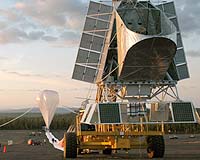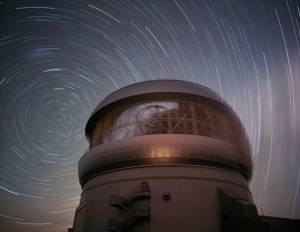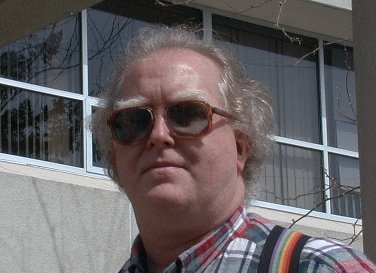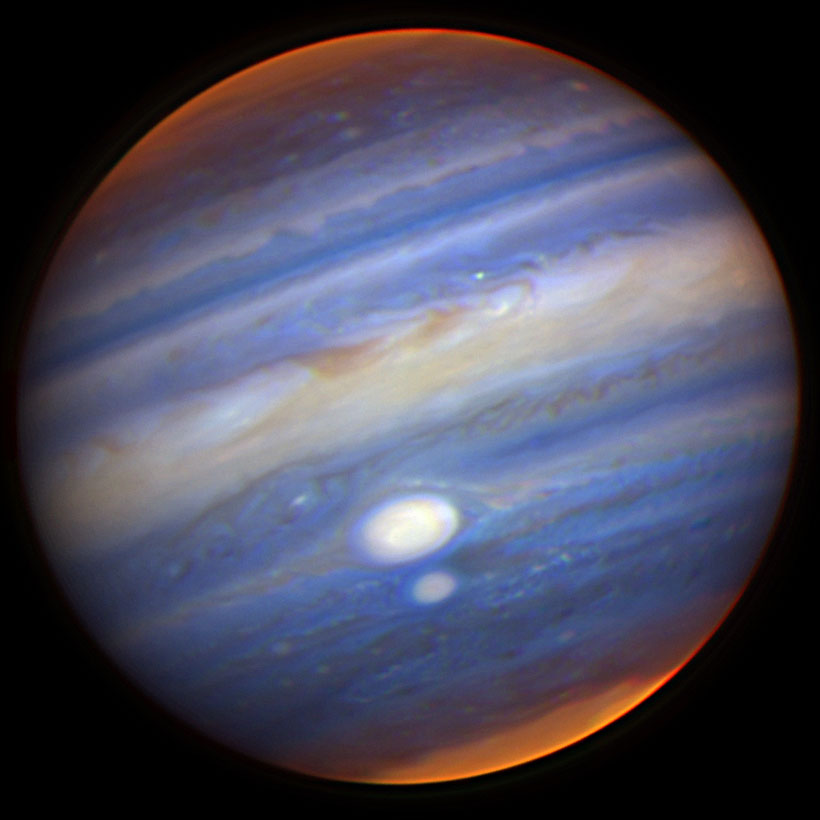The
16th "Kingston" meeting was held recently in, hold your breath, Kingston. While this may seem obvious the "Kingston" series of meetings on theoretical astrophysics are not always held in Kingston. The series got its name after the location of the original "Kingston" meeting.

This meeting was special as it celebrated the 65th birthday of
Professor Richard Hendriksen, a preeminent theoretical researcher from
Queens University. This year there were 68 attendees, with one person who made it over the pond from Leiden (Netherlands).
The Wednesday of the conference was humourously dubbed "Henriksen Fest"
and all the presenters were able to highlight contributions made by Dick to their respective fields.
Jim Stone got things going with the first keynote session and did an admirable job as session chair for the morning.
Excellent presentations by
Shantanu Basu,
Ralph Pudritz (keynote) and
Peter Martin filled up the rest of the morning. As part of a surprise for Dick Henriksen,
Alan Bridle was present for the afternoon session and the banquet in the evening. The final event of the afternoon was a special lecture by Dick on when we can expect scale invariance.
The banquet was attended by over 70 people, with friends and colleagues from throughout Dick's career attending.
Larry Widrow was an informal master of ceremonies and a series of roasts were gleefully given. The evening was broadly divided into Dick's career at Queen's and his involvement in the founding and running of CITA. Both
Dave Hanes and Alan Bridle recounted stories of some of Dick's less well considered ideas at Queen's (spending the winter on a wooden boat on Lake Ontario being one of
them!) Peter Martin and
Dick Bond then followed-up with stories from the anuls of CITA. Following some impromptu congratulatory remarks from former students and colleagues,
Stephane Courteau presented the "Henriksen Love Fest 2006", a series of slides reflecting on Dick's lighter side and the evening was concluded with the presentation of a series of gifts, including a new chainsaw for Dick to wreak havoc on his land!
Although the Wednesday was the centrepiece of the conference, the other sessions was also well attended and the planetary on session on the Tuesday morning got things off to a great start. The cosmology session on Thursday was also a highlight with summaries of the new physics coming out of the Cosmic Microwave Background, as well as galaxies and galaxy surveys, being given. Perhaps the only down side to the conference was that all but one of the panel sessions evaporated as questions asked during the presentations ate into the allotted time!








 Gemini is unique in having telescopes in both the northern and southern hemispheres giving astronomers access to the complete sky.
Gemini is unique in having telescopes in both the northern and southern hemispheres giving astronomers access to the complete sky.
 Dr. Peter B. Stetson, of the National Research Council, was recently elected a Fellow of the
Dr. Peter B. Stetson, of the National Research Council, was recently elected a Fellow of the  This meeting was special as it celebrated the 65th birthday of
This meeting was special as it celebrated the 65th birthday of 







